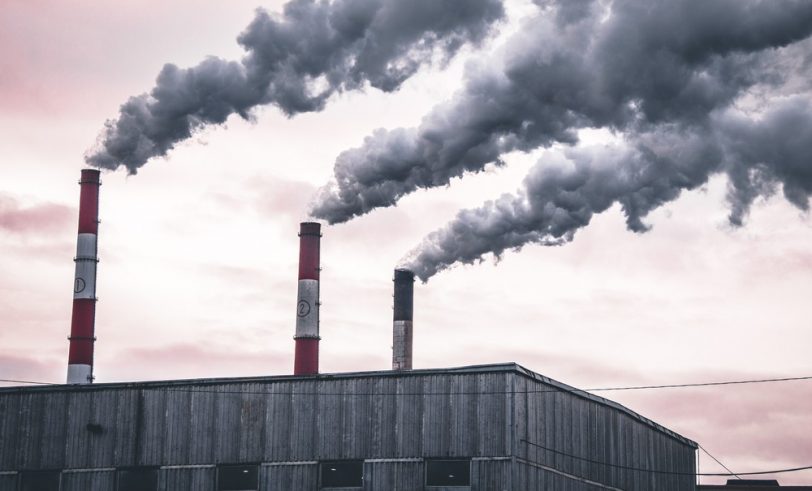Missouri—along with eleven other states—is suing the president over his administration’s handling of an environmental policy instrument billed as “the most important number you’ve never heard of.”
The lawsuit challenges the authority of the Biden administration to set the “social cost of carbon” (SCC) through executive order and direct all federal agencies to use this value in their evaluation and issuance of regulations. The SCC is an attempt to place an economic value on the damage that each ton of carbon dioxide (CO2) emissions causes to society. The damage comes from things such as health impacts, climate impacts, and the expected impact of future environmental changes on the economy over many decades. The SCC is used in cost–benefit analyses of a wide range of environmental and energy policies, ranging from regulations on air conditioners and microwaves to new laws on electricity generation.
The new administration set the SCC at $51 per metric ton of CO2, in contrast to the prior administration’s value of $7 per ton of CO2. While there’s nothing inherently wrong with trying to evaluate the economic consequences of CO2 emissions for society as a whole, the SCC has shortcomings as a policy tool.
Here’s how a simple cost–benefit analysis using the SCC would work. Suppose a particular policy would reduce 10 tons of CO2 and costs $200 to implement. If the SCC is $51 per ton, this program would provide $510 (51 times 10) worth of societal benefits. $510 of benefits is greater than a $200 cost, meaning the policy would be in theory beneficial and a cost-effective way to reduce CO2 emissions. If the SCC is $7 per ton, this program would provide $70 of societal benefits, and it would not be worth the $200 cost.
The SCC is an attempt to place a value in today’s dollars on costs that may not occur, if at all, until far into the future. The calculation of this present value of potential future damages is done in the reverse manner to how one uses interest compounding to project the future value of current investments in a savings account. In this case, though, the “interest rate” in present value calculations is called a discount rate.
Calculating the present value of future potential damages is very sensitive to the chosen discount rate, with relatively modest changes to the discount rate (say, from 3 to 5 percent) producing drastically different estimates of the present value. These changes can be so large as to mean the difference between concluding that additional CO2 emissions would result in catastrophic environmental damages or that society would be significantly worse off implementing emissions reduction policies. Even if two SCC models have the exact same scientific predictions about future climate impacts, slightly different discount rates can produce wildly divergent cost–benefit assessments about environmental policies and the damage of CO2.
Recent academic literature on the SCC also reveals uncertainty regarding the economic impacts of climate change. How humanity adapts to a changing climate is an uncertain area of environmental research. Moreover, unforeseen technological breakthroughs can quickly change environmental projections, such as how fracking turned the United States into a world leader in emissions reductions over the last 15 years by replacing coal usage with natural gas.
In sum, calculating the SCC is subject to policy, legal, and value judgments in addition to scientific considerations, and all of these layers can have significant economic and practical consequences.
Missouri’s lawsuit raises the important question of which branch of government should determine the official SCC, as well as the appropriate procedures that should be followed in evaluating energy and environmental policies and regulations that affect everyday life.


